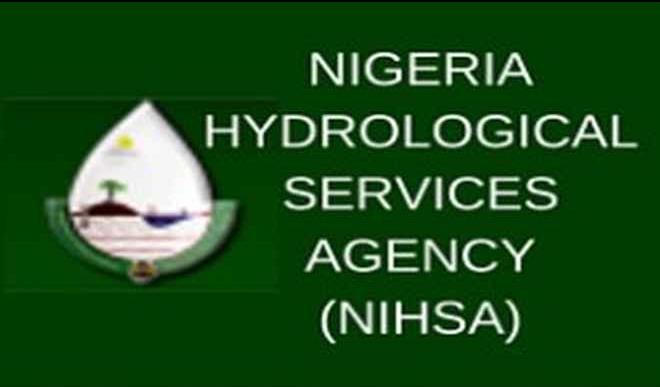NIHSA issues alert on flood
The Nigeria Hydrological Services Agency (NIHSA) has issued an alert indicating that there is an impending flood going by the progressive increase of water levels, warning people leaving on river banks to move. According to the Niger Basin Authority with headquarters in Niamey, Niger Republic, since 1st September 2017, a yellow alert on water level […]


The Nigeria Hydrological Services Agency (NIHSA) has issued an alert indicating that there is an impending flood going by the progressive increase of water levels, warning people leaving on river banks to move.
According to the Niger Basin Authority with headquarters in Niamey, Niger Republic, since 1st September 2017, a yellow alert on water level was reached at the hydrometric station of Niamey, showing that the water is high and about going into the red alert, which will cause flooding.
The statement said in this situation of orange alert, it is important to prepare sites for a possible flood situation.
“The orange alert level was reached on 07th September 2017. Forecasts and gauges reading from upstream Niamey show that this orange alert situation will last the next three days. It should be noted that at this orange alert level, any progressive increase of water levels could have significant impacts on people and property in areas of flood risk,” the alert reads.
It further explained that the rise of water level at Niamey will propagate downstream toward Malanville station in Republic of Benin and the station of Jidere Bode upstream Kainji Dam in Nigeria, adding that riparian people should be particularly vigilant, especially those living in areas at flood risk.
The Director General, NIHSA, Dr Moses Beckley, said Nigeria should expect more floods of the magnitude comparable to that of 2012.
He explained that the consequence of that is that there will be more flow of water into Nigeria area through the River Niger.
He noted that the agency has commenced its sensitization exercise to alert residents, especially those at the flood prone areas on the need to be vigilant and for possible movement.
